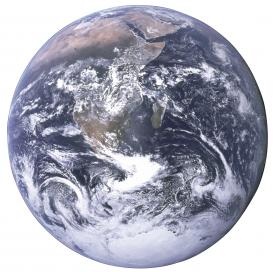This project studies the rather sudden framing of Earth system science in the 1980s as a hot field of interdisciplinary research devoted to studies of the Earth as a complex dynamic system and of human impacts on this system. Since the 1980s, Earth system science has attracted an enormous number of scientists on an unprecedented scale. Scientists’ rush into Earth system science was strongly promoted by the founding of new national and international scientific organizations, most notably the International Panel of Climate Change (IPCC) and the International Geosphere-Biosphere Programme (IGBP). Policymakers, political institutions, and the environmental movement also provided important incentives. Earth system science quickly became an umbrella for research carried out in a variety of disciplines such as physical meteorology and climatology, studies of past climate change (ice ages) and of present global warming, atmospheric chemistry, biogeochemistry, oceanography, ecology, environmental science, and environmental history.
But political and institutional factors alone do not explain the rush. Epistemological binding forces must be taken into account as well. To these binding forces belong novel research tools, most notably remote sensing and numerical computer models; the novel method of computer simulation, which merges big data with theory and explorative experimentation; physical concepts such as non-linearity and complex system; the endorsement of scientific values taken from the technological sciences/technosciences/applied sciences. My comparison between Earth system science and applied science serves as a heuristics, but I also hypothesize that Earth system science indeed is an applied science. From a comparative epistemological perspective, Earth system science is as pragmatic, compilatory, and theoretically fragile as the applied sciences. Like the applied sciences, it seeks to render its results useful to society and thus to study reality in a less abstract and idealized way than the more traditional sciences have done (see Technoscience in History, MIT Press 2020). My approach provides a new synthesis of political, institutional, and epistemological history of science.

